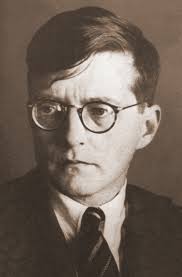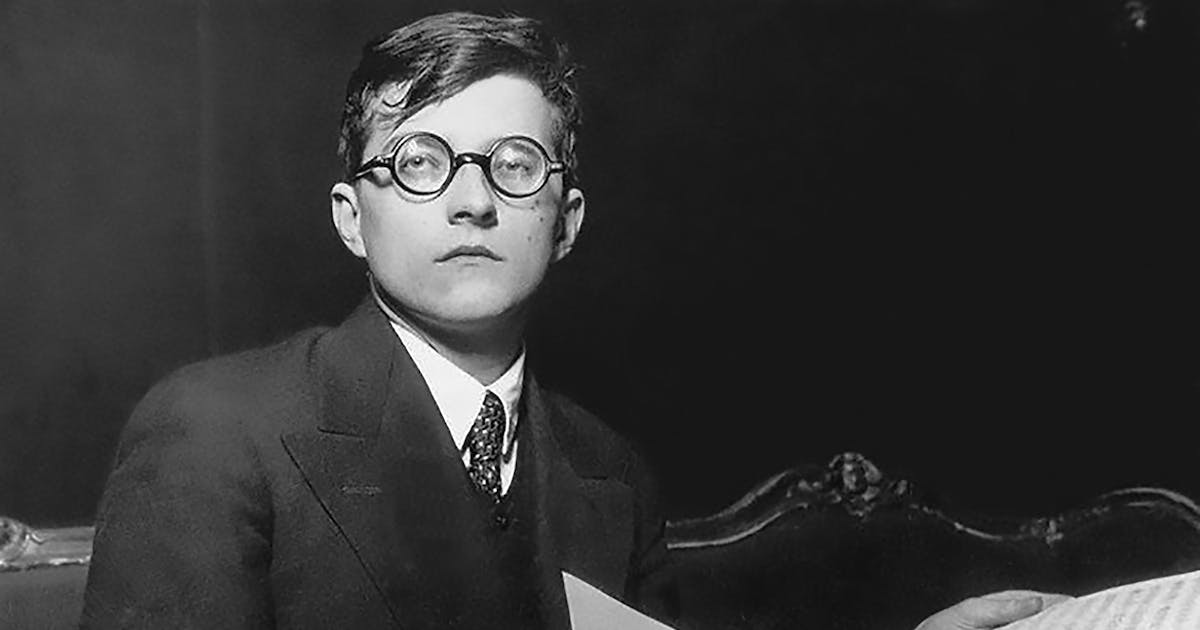The History of Dmitri Shostakovich’s Piano Quintet in G Minor, Op. 57
Dmitri Shostakovich’s Piano Quintet in G Minor, Op. 57, composed in 1940, stands as one of the most celebrated chamber works of the 20th century. Created during a complex and dangerous time in Soviet history, the piece reflects the composer’s distinctive voice—a blend of brooding introspection, biting wit, and stark emotional contrasts—while also showing his strategic ability to navigate the perilous political landscape under Joseph Stalin’s regime.
A Commission with a Purpose
The Piano Quintet was composed at the request of the Beethoven Quartet, a leading Soviet string ensemble and longtime collaborators with Shostakovich. They had asked him to write a piece that would allow them to perform alongside him. In response, Shostakovich wrote a quintet for piano and string quartet—a genre that was already well-established by composers such as Brahms, Schumann, and Dvořák.
By choosing this traditional form, Shostakovich ensured that the work would be seen as musically serious and in line with Soviet expectations for “accessible” music that avoided formal experimentation. This was a prudent decision, as only a few years earlier Shostakovich had been publicly denounced in the Soviet newspaper Pravda for his opera Lady Macbeth of the Mtsensk District, an event that left him professionally and personally shaken.
Structure and Style
The quintet is in five movements, each with a distinct mood and character:
- Prelude: Lento – The work opens with a solemn and stately introduction, rooted in counterpoint, recalling the influence of Bach. It sets a serious, contemplative tone.
- Fugue: Adagio – Continuing the Baroque inspiration, the second movement is a slow and introspective fugue that grows in complexity and emotional depth.
- Scherzo: Allegretto – In sharp contrast to the first two movements, the scherzo is energetic, quirky, and even humorous. It showcases Shostakovich’s flair for irony and rhythmic drive.
- Intermezzo: Lento – A return to lyricism and melancholy, this movement offers a moment of quiet beauty and introspection.
- Finale: Allegretto – The piece concludes with a dance-like movement, balancing lightness and dignity, bringing a sense of resolution without losing the emotional ambiguity that defines much of the quintet.
Reception and Legacy
Premiered in Moscow in November 1940, with Shostakovich himself at the piano and the Beethoven Quartet performing the strings, the Piano Quintet in G Minor was met with great enthusiasm. It was awarded the Stalin Prize, First Class in 1941, a rare honor that provided the composer with not only state recognition but also a substantial financial reward and temporary security from political persecution.
Over time, the quintet became one of Shostakovich’s most frequently performed chamber works. Its blend of traditional form, emotional complexity, and subtle defiance against Soviet constraints contributed to its wide appeal, both inside and outside the USSR.
A Reflection of Contradictions
Like much of Shostakovich’s music, the quintet operates on multiple levels. On the surface, it is a respectful nod to classical traditions, structured and accessible. But beneath this lies a deeper emotional landscape—filled with tension, sorrow, wit, and restraint—that reflects the conflicted world in which Shostakovich lived and worked.
Today, the Piano Quintet in G Minor, Op. 57 is admired not only for its craftsmanship but also for its ability to convey profound feeling with elegance and control. It remains a cornerstone of the chamber music repertoire and a powerful example of artistic resilience under political pressure.


Comments are closed